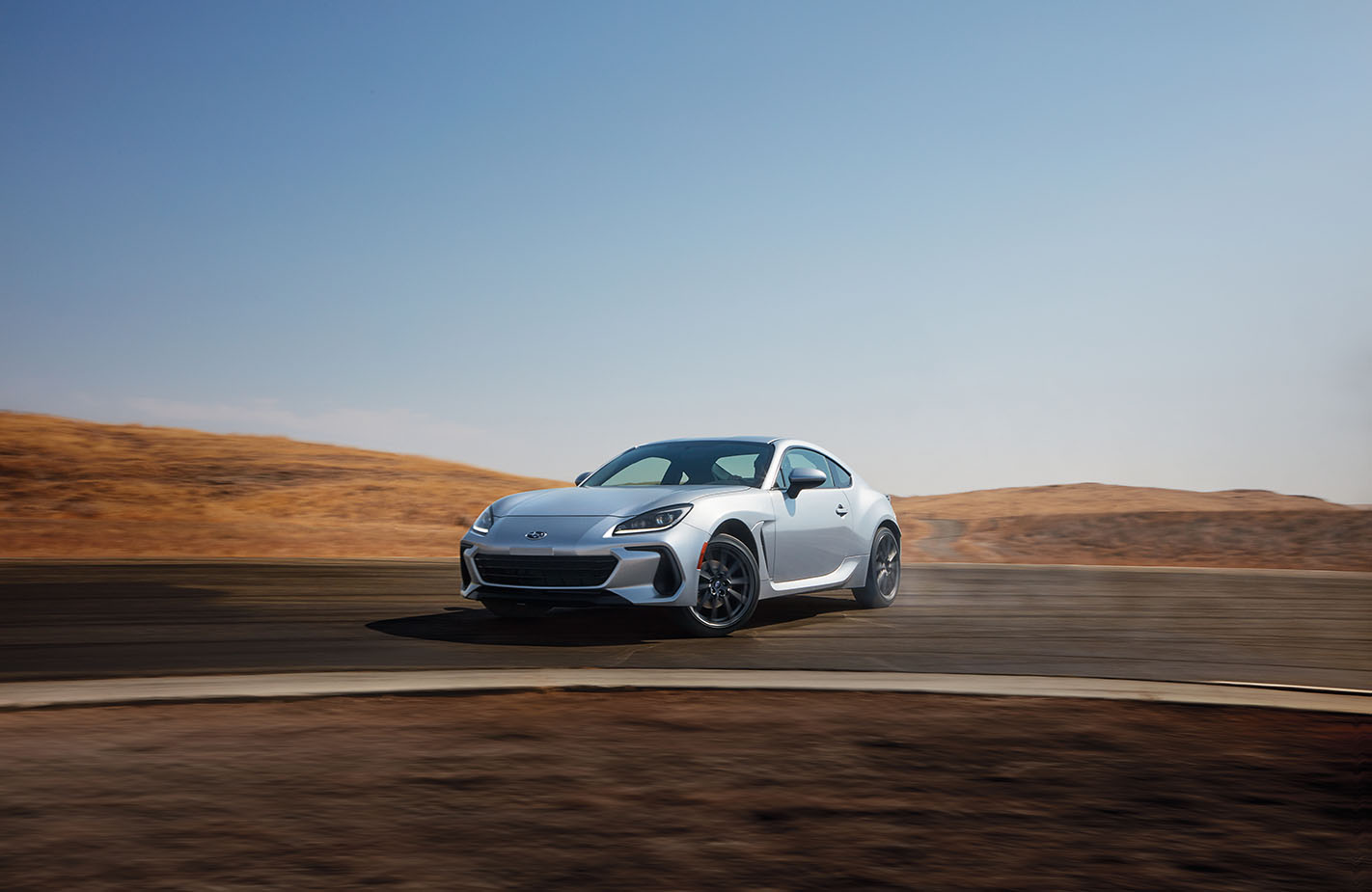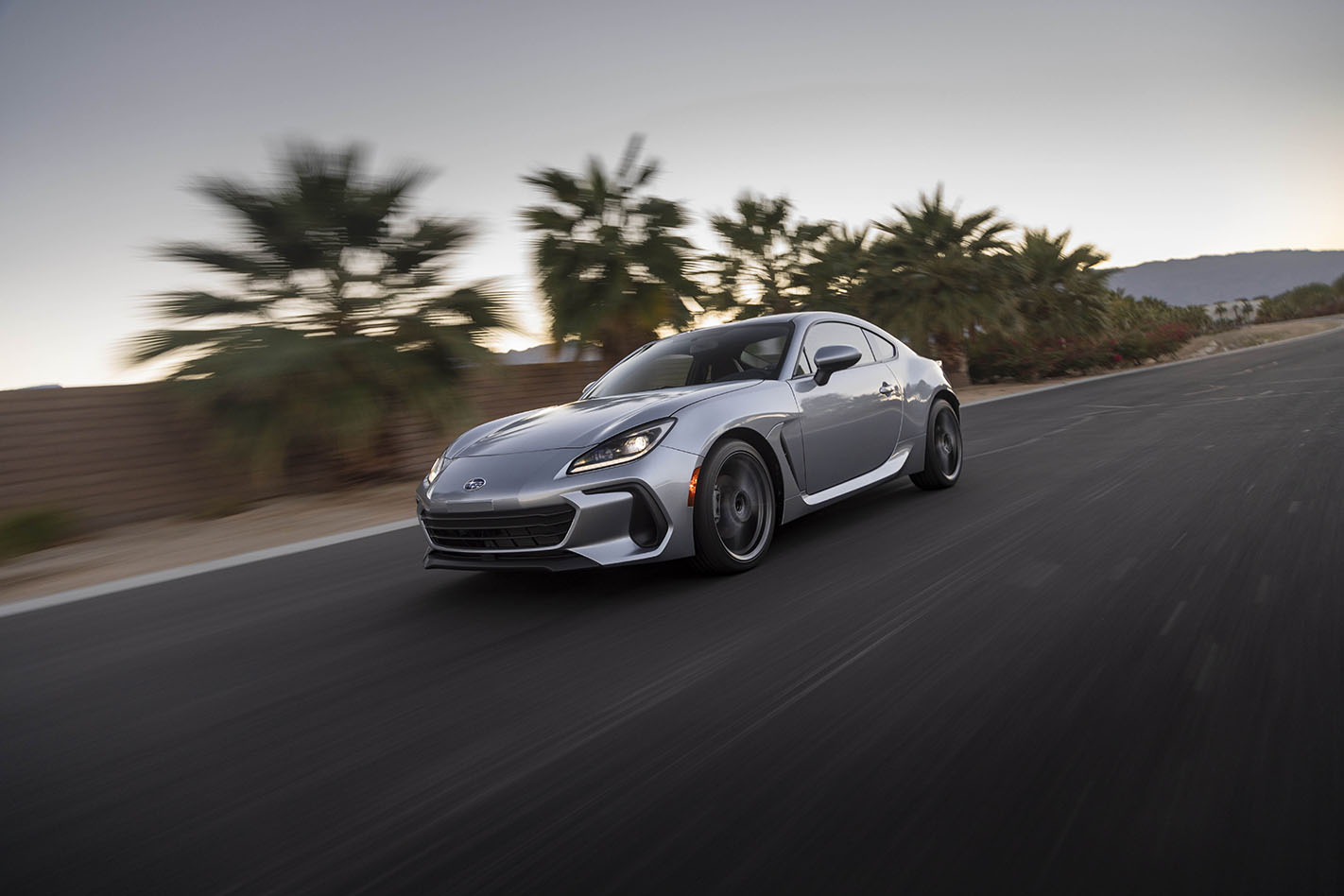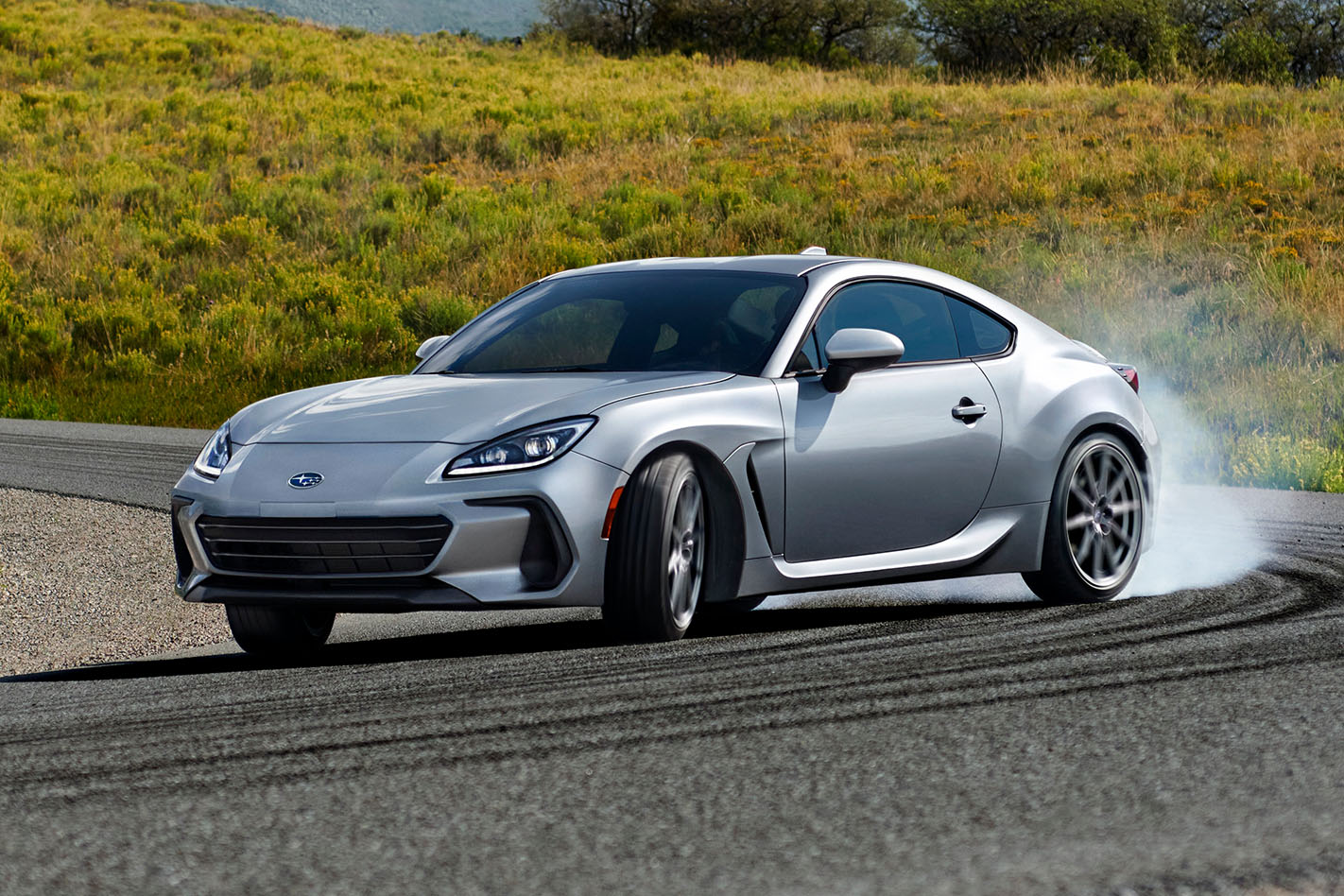I’ll admit it. I’m left a bit puzzled by the new Subaru BRZ.
I struggled a little with the story of the original BRZ and Toyota 86, specifically the two manufacturers’ dogged refusal to bend from their original vision for the cars.
A sharp tail-off of global sales demonstrated that these models appealed to a relatively narrow slice of the car buying population. Within 36 months of a 2013 sales peak, BRZ and 86 global sales had more than halved.

By 2016 there needed to be something materially new on the horizon, with more power and capability. That never happened. Toyota and Subaru ploughed on, haemorrhaging millions.
Subaru has now shown the second-gen BRZ. Weight has crept up a little, and it packs 170kW; some 15.6 per cent more power than the original 86 from 2011.
After 10 years on sale, the Mazda MX-5 was well into its second generation with work commencing on the third-gen car. The BRZ hasn’t enjoyed that studiously manicured development.
Years of blithely ignoring the demands of the market resulted in the entire 86/BRZ project becoming a marginal call for continuation to a second iteration. Fortunately it just about eked the green light.
While I adore the engineering philosophy behind the cars – that of light weight, acuity of response, fundamental balance and a low centre of gravity – if this is not to be the very last of the line, there needs to be a radical reappraisal of the overall goals of the BRZ/86 project. In short, why notgive the public what they want?
There is certainly a space in the market below the Supra for a $60,000 220kW forced induction version of the Toyota 86.

A putative Gazoo Racing – or, indeed, STI -version of the 86 would create a cohesive product walk through the range, deliver choice without diluting the purity of the naturally aspirated entry-level version and prolong the sales curve of the 86 beyond merely hardcore fundamentalists like us.
It’s also the last chance to build such a car before it’s strong-armed into hybridisation.
The notion of a car with the balance, power and torque of a Porsche 718 Cayman for half the price would be utterly beguiling, yet is entirely within Toyota and Subaru’s compass to deliver. Incremental development costs would be minimal. This vehicle could be a real game changer within the sports coupe market.
It sounds as if I’m pouring cold water on one of the few real-world sports cars being developed. I’m not. But I can’t think of too many successful businesses that got to where they are by ignoring the demands of their customers.
If Porsche is big enough to backtrack and offer a 911 GT3 with a manual gearbox once again, then surely Toyota and Subaru can learn from their errors. There’s a huge responsibility to get affordable enthusiast cars right, as a half-baked development plan only raises additional concerns that this is a moribund sector. With a smartly managed product plan, it needn’t be.
Let’s hope that pragmatism trumps dogmatism at Gunma this time round.






